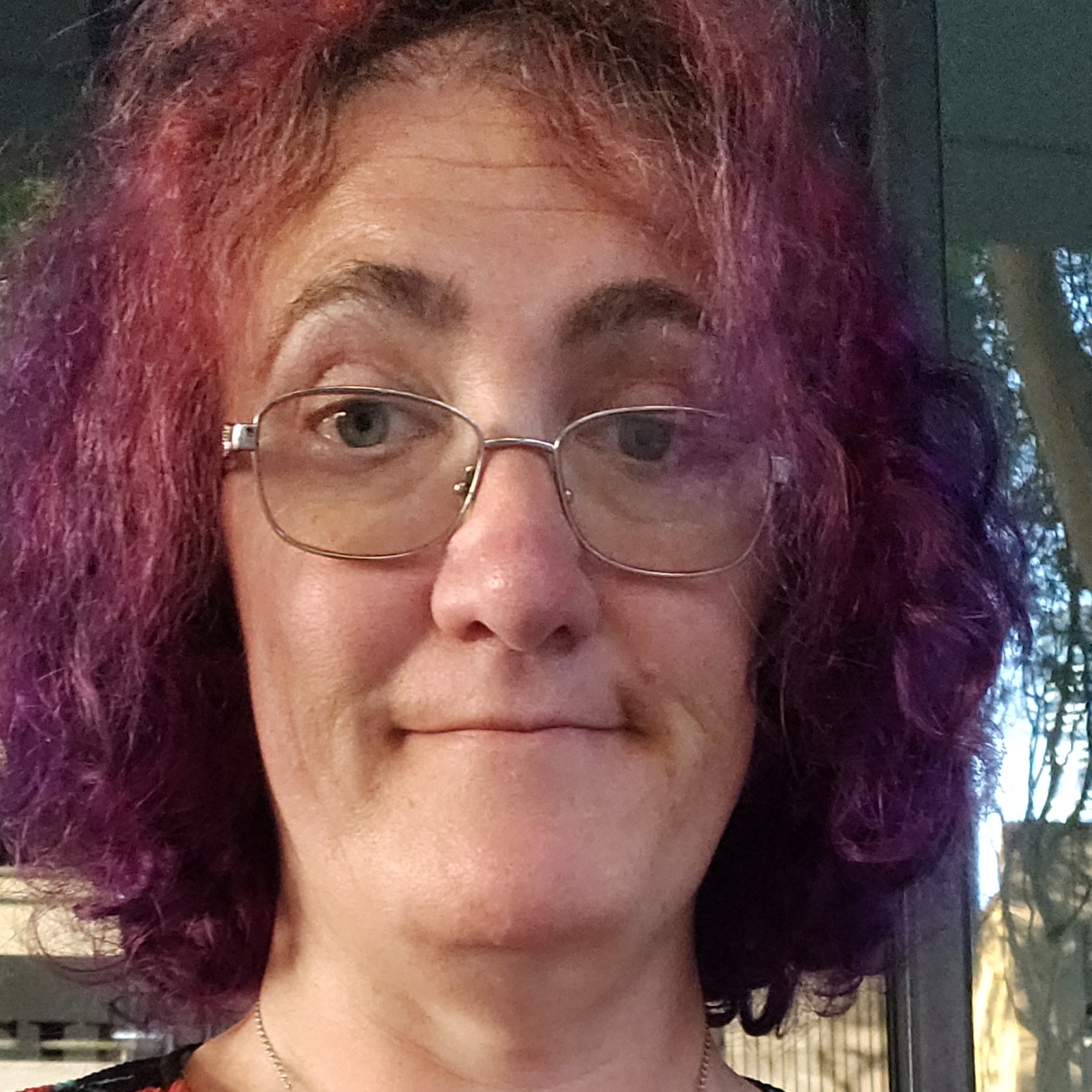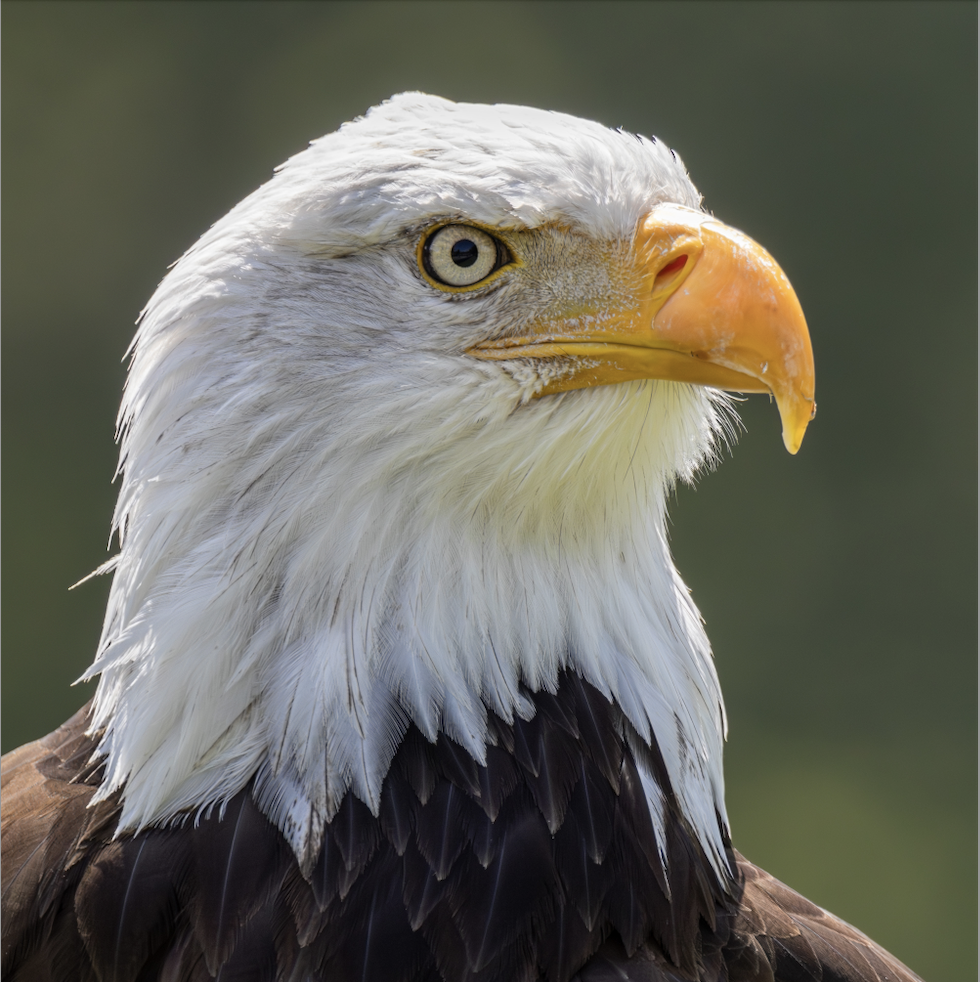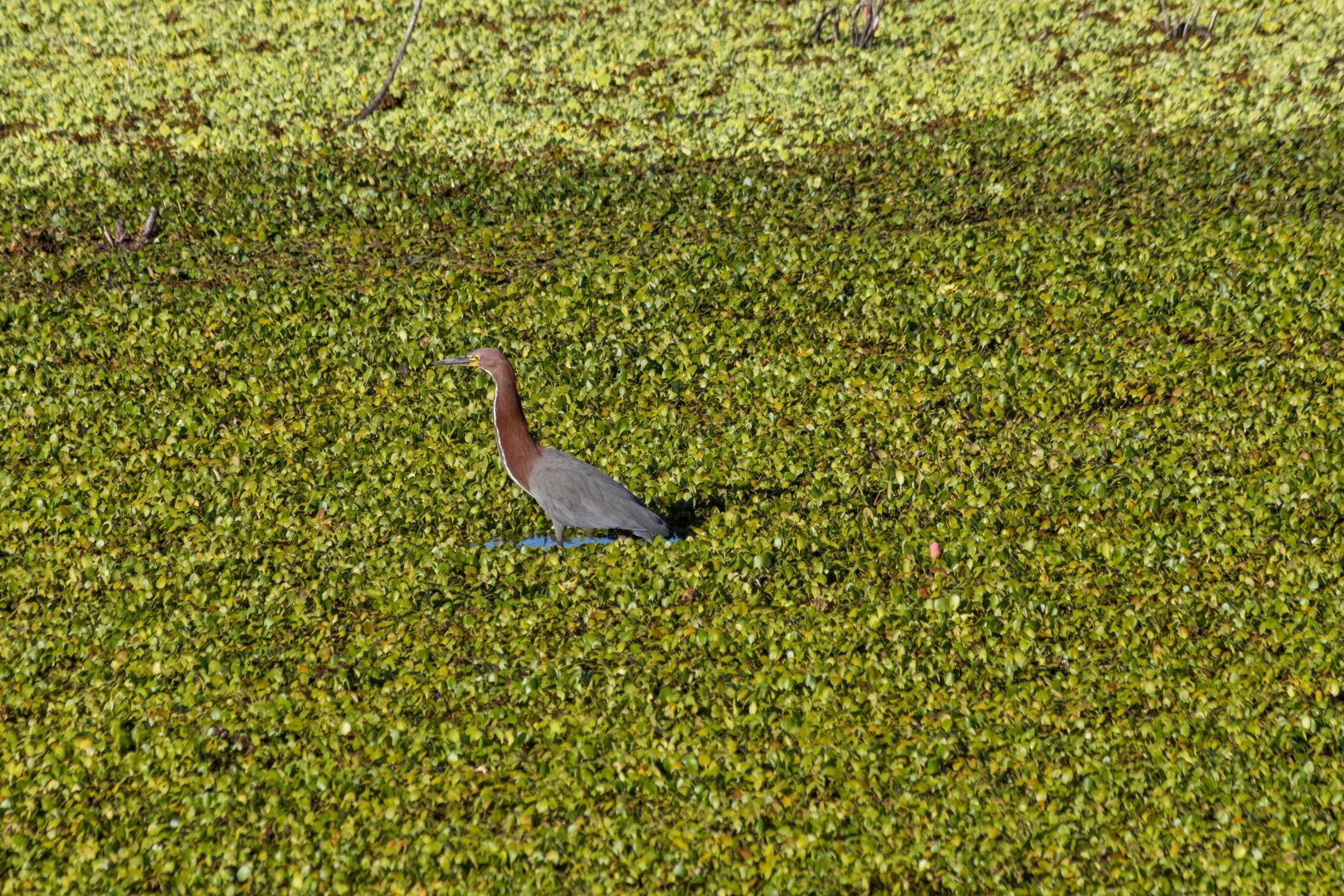- cross-posted to:
- birds
- cross-posted to:
- birds
Image description: A greey heron with a long brown neck, wading through shallow water that is covered in water lettuce
#birds #avesargentinas #birdphotography #heron
I would suggest massive cropping to get rid of a lot of that water lettuce.
I don’t like heavy cropping in post. I try and compose the framing I want, but in this instance, the lens just wasn’t up to it. So, we get lots of water lettuce :)
I split my subjects into wildlife and others: for the “Others”, Landscape, say, its perfectly correct to want to take the photo and “Fill the frame”, only cropping if you need to straighten the shot or there’s an actively irritating out of focus thing at one edge. You move, select the right lens, zoom, etc. to achieve that, before you press the shutter.
With wildlife, I take what I can, and fully expect to crop, even down to a tenth of the area of the original shot. That’s because I don’t have the luxury to get closer or change lens, or indeed do much to play with camera settings - if I do, the bird or animal will likely flee (or just move because it wants to). My only acknowledgement of “Fill the frame” is that after taking the best shot I can at the point of first spotting the subject, I will then try and get closer, just in case I get lucky.
But, it’s your photo and so your choice - if it doesn’t satisfy you, it’s a failure, regardless of the opinion of others.
That’s how I used to shoot wildlife photography, but post processing is my least favourite part of photograph and I don’t want to spend more time there than I have to. If I start cropping the good photos, then I start cropping the average photos too, and then I’m spending more time doing the part I don’t like than the parts I do.
So I generally don’t do anything more than simple crops to level, or remove a distracting feature right on the border.
I can imagine going off post-processing, especially if you start believing you’ve got to twiddle every switch, move every slider, and correct every portion of the picture separately (the sort of thing portrait photographers get up to with Photoshop, etc.). Far too easy to get obsessional about it, and lose the point and the fun.
But for me, I limit it to cropping to a balanced subject/background, and get the whole-picture lighting correct (living in the UK, and often taking shots in poor weather or woodland means the light is rarely right) is my usual limit - though I do play with the histogram tool: tweaking the midpoint can do great things for “washed out” shots. I rarely even touch colour balance. I’m also just using Canon’s DPP4 for this, so free but quite effective. Given just those, I find it feels much more like an opportunity to review and reflect on what I’ve taken than a burden, and in some cases, e.g. rescue a boring shadow into visible plumage.



